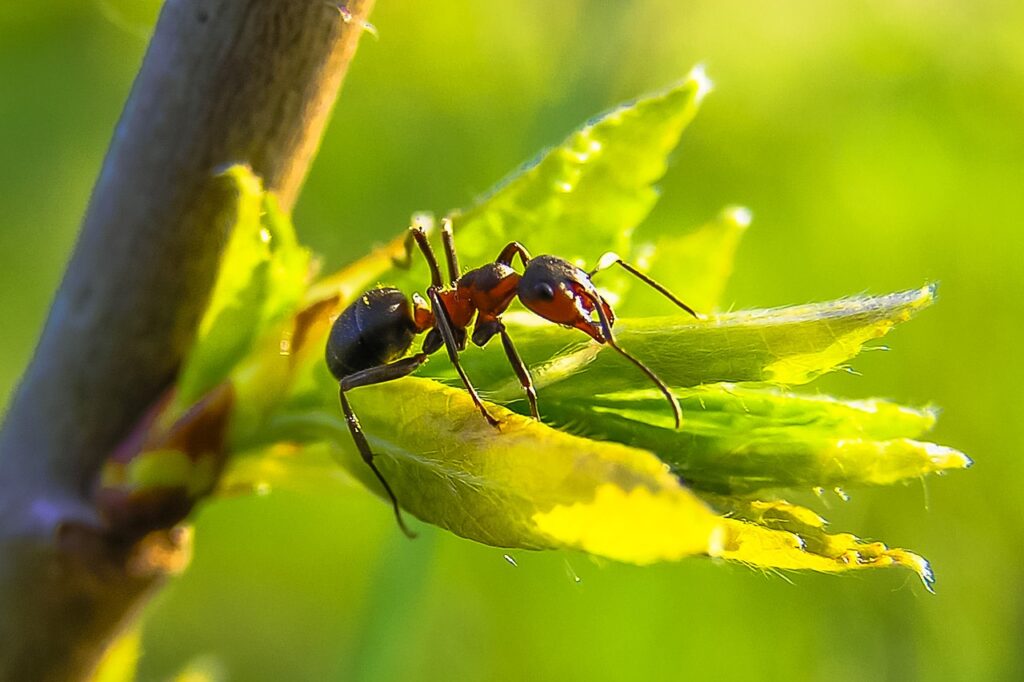Picture this: you’re walking through your backyard when you notice a tiny black line moving across your patio. You lean closer and realize it’s not a line at all—it’s hundreds of ants marching in perfect formation, each one following invisible chemical trails laid down by their sisters. What you’re witnessing is just a glimpse into one of nature’s most incredible success stories, a world where more than 12,000 known species have conquered nearly every corner of our planet.
The Staggering Numbers Behind Ant Diversity
Scientists have officially cataloged over 12,000 ant species worldwide, but this number represents just the tip of the iceberg. Research suggests that the actual number could easily exceed 20,000 species, with new discoveries happening regularly in unexplored regions of tropical rainforests and remote islands. The rate of discovery is so rapid that myrmecologists—scientists who study ants—estimate they identify roughly 100 new species every single year.
To put this diversity into perspective, ants represent about 15% of all terrestrial animal biomass on Earth. If you could somehow weigh every ant on the planet, they would collectively tip the scales at roughly the same weight as all humans combined. This remarkable statistic becomes even more mind-blowing when you consider that individual ants weigh mere milligrams.
Evolutionary Mastery Spanning 140 Million Years
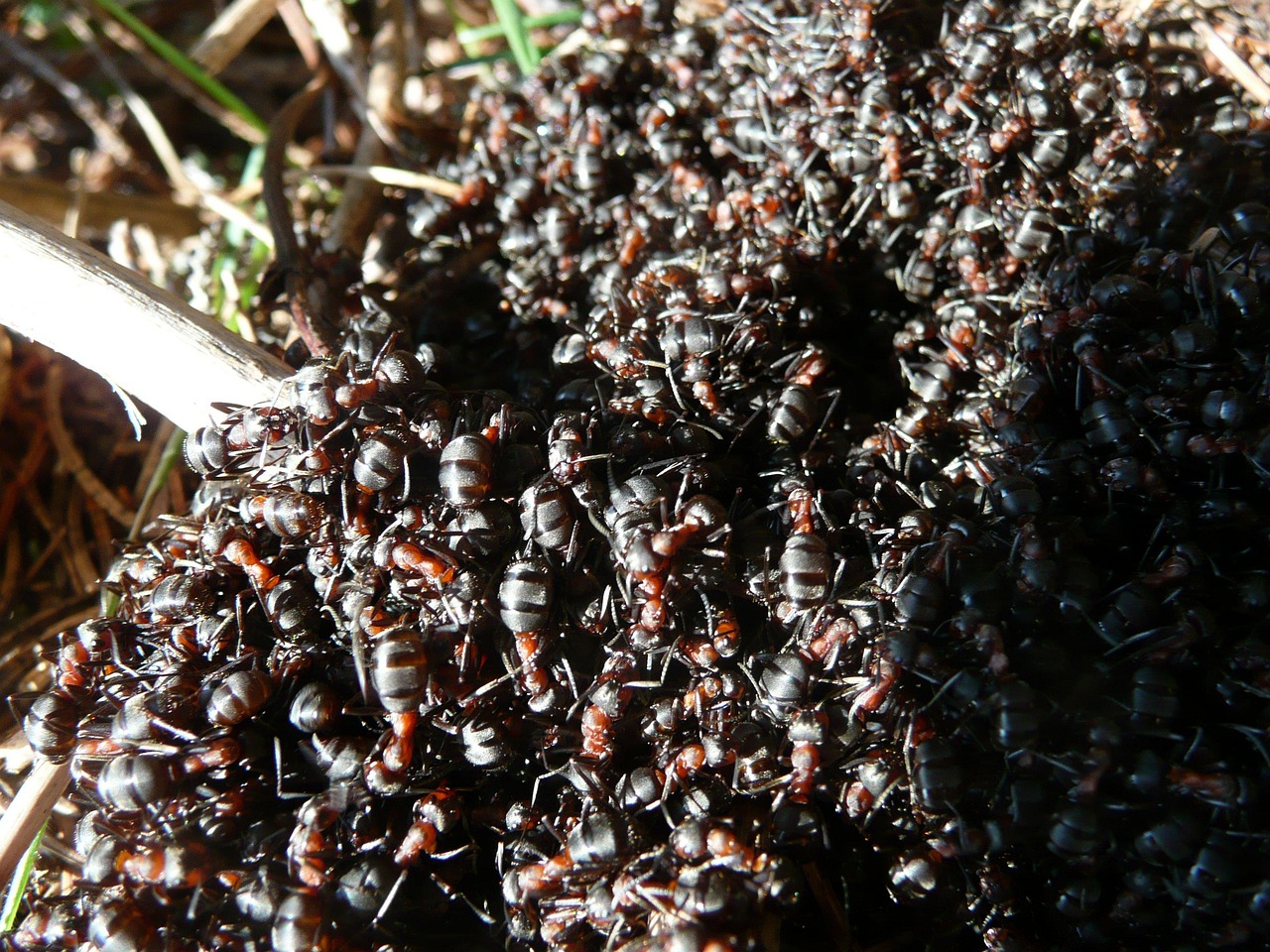
Ants didn’t achieve their incredible diversity overnight—they’ve been perfecting their survival strategies for approximately 140 million years. Their evolutionary journey began during the Cretaceous period, when dinosaurs still roamed the Earth, and flowering plants were just beginning to diversify. This ancient lineage has given ants ample time to adapt to virtually every terrestrial environment imaginable.
The key to their evolutionary success lies in their sophisticated social organization and division of labor. Unlike solitary insects that must handle every life task independently, ants developed specialized castes within their colonies. Workers, soldiers, and reproductive individuals each focus on specific roles, creating incredibly efficient societies that can tackle challenges no single insect could overcome alone.
Geographic Hotspots of Ant Diversity

Tropical rainforests serve as the ultimate ant diversity hotspots, with some regions hosting over 300 species within a single hectare. The Amazon Basin alone is home to an estimated 3,000 ant species, many of which remain undiscovered by science. These lush environments provide countless ecological niches—from ground-dwelling decomposers to arboreal specialists that never touch the forest floor.
Australia stands out as another remarkable center of ant diversity, with over 1,300 known species including many bizarre and unique forms found nowhere else on Earth. The continent’s varied climates and isolated evolutionary history have produced extraordinary specialists like the desert-adapted Melophorus ants, which can navigate using visual landmarks and polarized light patterns.
Size Matters: From Giants to Microscopic Marvels
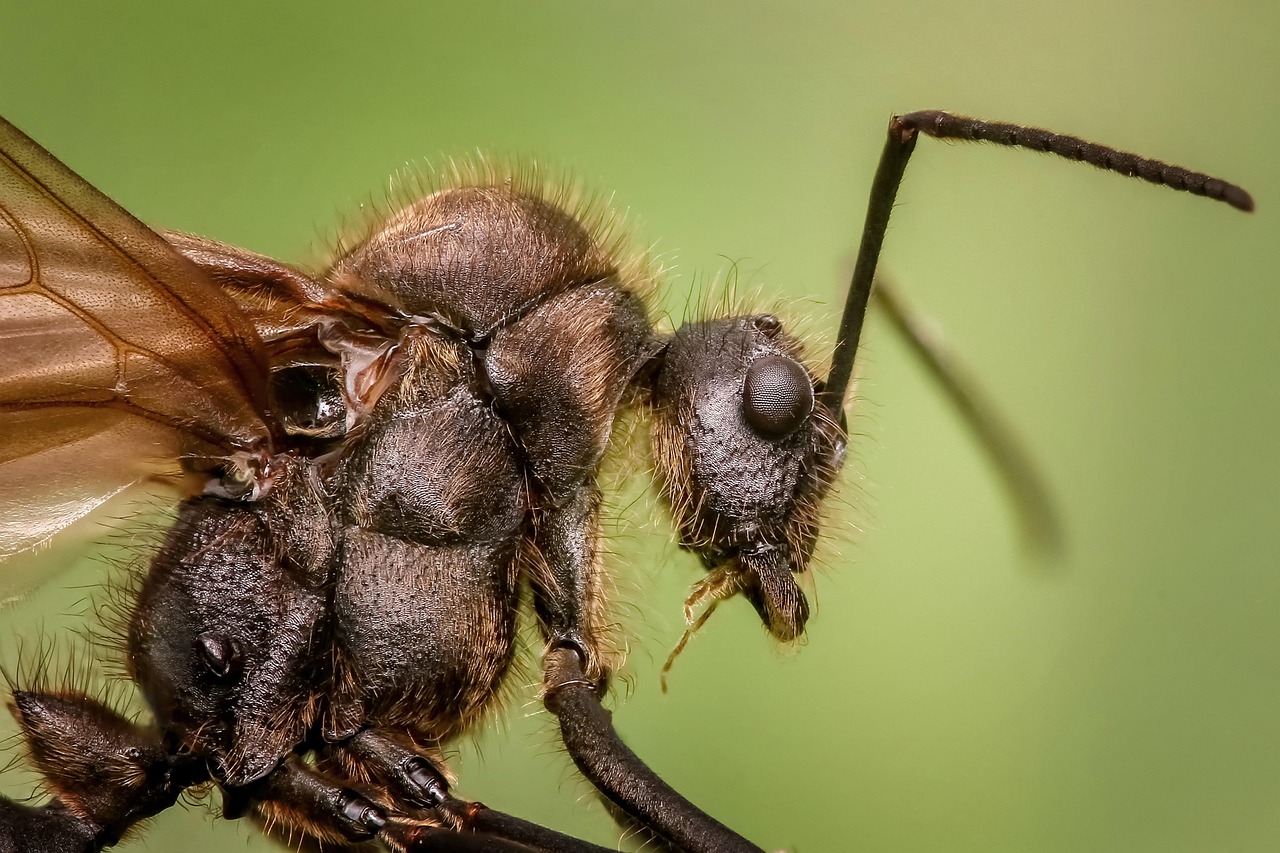
The size range among ant species is absolutely staggering, showcasing nature’s incredible ability to optimize body plans for different lifestyles. At the giant end of the spectrum, fossil evidence reveals that prehistoric ants could reach lengths of over 5 centimeters, while today’s largest living species, the bullet ant of Central America, measures about 2.5 centimeters and packs a famously painful sting.
On the opposite extreme, the world’s smallest ants measure less than 1 millimeter in length—so tiny they could comfortably walk through the eye of a needle. These microscopic marvels, often called “thief ants,” have evolved to infiltrate the colonies of larger ant species, stealing food and resources with their diminutive size as the perfect cover.
Masters of Chemical Communication
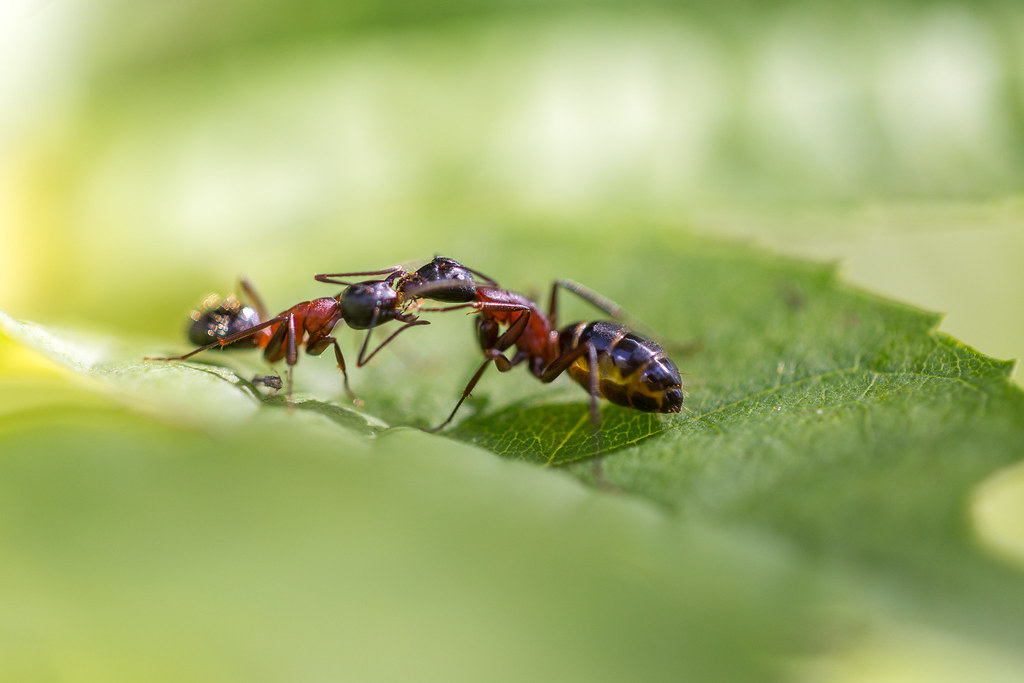
Perhaps no other group of animals has mastered chemical communication quite like ants, with each species developing its own sophisticated “language” of pheromones. These chemical signals can convey incredibly complex information—from simple trail markers leading to food sources to alarm pheromones that mobilize entire colonies for defense. Some species use over 20 different chemical compounds in their communication repertoire.
The precision of ant chemical communication is so refined that different species can maintain distinct pheromone “dialects” even when living in the same area. This chemical isolation helps prevent confusion between species and maintains the integrity of each colony’s social structure, contributing to the remarkable diversity we observe today.
Agricultural Pioneers Among Insects

Long before humans developed agriculture, certain ant species were already farming their own food crops with remarkable sophistication. Leafcutter ants, found throughout the Americas, cultivate fungus gardens using carefully processed leaf fragments as growing medium. These industrious insects don’t actually eat the leaves they harvest—instead, they feed exclusively on the nutritious fungus they grow, creating a sustainable agricultural system that has persisted for millions of years.
The complexity of ant agriculture extends far beyond simple cultivation. Some species have evolved specialized castes of workers that serve as living storage vessels, hanging from colony ceilings with their abdomens swollen with honey-like substances. These “repletes” act as emergency food reserves, allowing colonies to survive during lean periods when regular food sources become scarce.
Predators, Parasites, and Peaceful Herbivores

The feeding strategies among ant species showcase evolution’s incredible creativity in exploiting available resources. Army ants represent the ultimate predatory specialists, forming massive hunting columns that can contain over a million individuals sweeping through forests and consuming everything in their path. These nomadic hunters have no permanent nest, instead forming temporary bivouacs with their own bodies while following endless cycles of migration and reproduction.
At the other end of the spectrum, many ant species have evolved as gentle herbivores, feeding primarily on plant nectar, seeds, and other vegetable matter. Harvester ants collect and store seeds in underground granaries, while some tropical species have developed mutualistic relationships with plants, receiving nectar in exchange for protection against herbivorous insects.
Climate Adaptations Across Extreme Environments
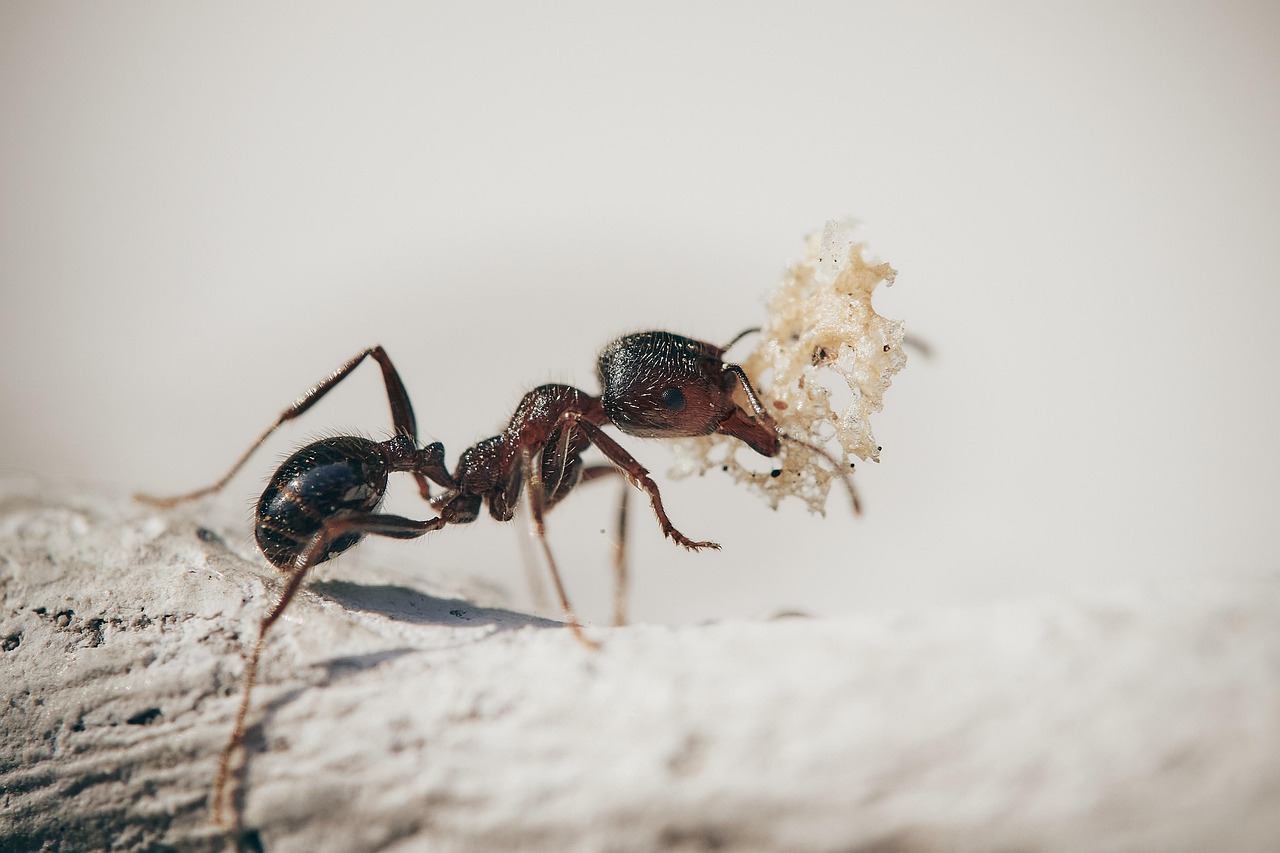
Ants have conquered some of Earth’s most challenging environments, developing remarkable adaptations that allow them to thrive where other insects simply cannot survive. Desert-dwelling species like the Saharan silver ant can tolerate ground temperatures exceeding 70°C by developing reflective body surfaces and behavioral strategies that minimize heat exposure. These incredible insects can sprint across burning sand at speeds of up to 1 meter per second—equivalent to a human running 600 kilometers per hour.
In polar regions, cold-adapted ant species have evolved antifreeze proteins in their body fluids and can enter suspended animation during winter months. Some Arctic species remain active under snow cover, maintaining their colonies through months of subfreezing temperatures that would kill most other insects.
Social Complexity Beyond Human Imagination
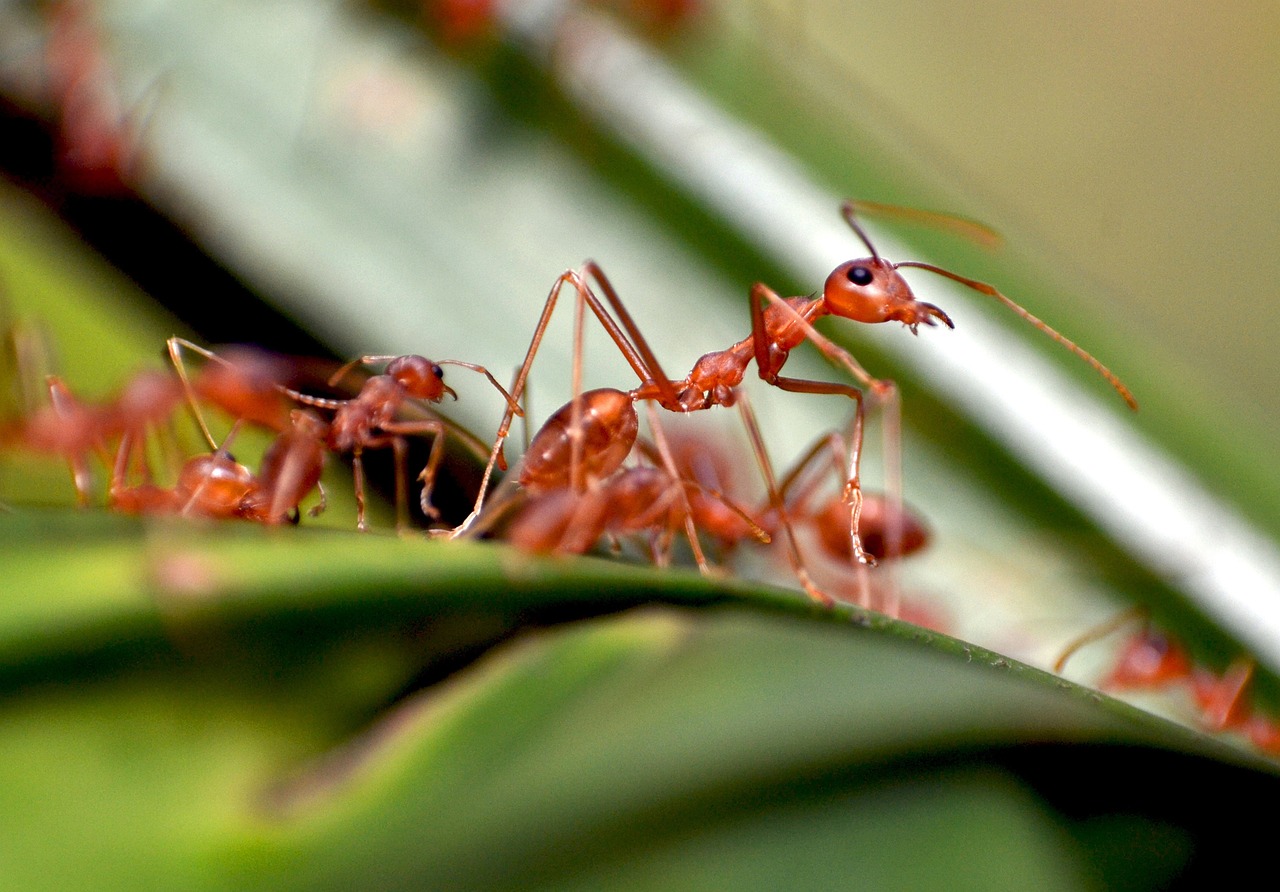
The social structures of ant colonies rival and often exceed the complexity of human societies, with some species developing caste systems that would make medieval kingdoms seem simple by comparison. Certain leaf-cutter ant colonies contain distinct worker castes specialized for cutting leaves, processing plant material, tending fungus gardens, defending territory, and even waste management. Each caste has evolved specific body modifications perfectly suited to their role.
Some ant species have taken social evolution to extraordinary extremes, developing “supercolonies” that can span thousands of kilometers. The Argentine ant, for example, has established interconnected colony networks across multiple continents, with workers from California able to cooperate seamlessly with their relatives in Mediterranean Europe.
The Hidden World of Subterranean Specialists
Beneath our feet lies a largely unexplored universe of ant diversity, where countless species have evolved to exploit underground niches. These subterranean specialists often display remarkable adaptations including reduced or absent eyes, elongated limbs for navigating tight spaces, and enhanced chemical senses for operating in total darkness. Many of these species remain unknown to science, hidden in cave systems and deep soil layers that researchers have barely begun to explore.
Some underground ant species have evolved such extreme specializations that they can survive only in specific geological formations or soil types. These narrow habitat requirements make them incredibly vulnerable to environmental changes, and many subterranean species likely go extinct before scientists ever discover them.
Arboreal Architects of Forest Canopies
High above the forest floor, an entirely different world of ant diversity thrives in the canopy ecosystem. Arboreal ant species have evolved remarkable adaptations for three-dimensional living, including powerful gripping claws, enhanced spatial navigation abilities, and sophisticated nest-building techniques using living plant materials. Some species weave leaves together with silk produced by their larvae, creating elaborate suspended dwellings that can house hundreds of thousands of individuals.
These canopy-dwelling ants often form crucial partnerships with their host trees, providing protection from herbivorous insects in exchange for specialized food rewards. The intricate relationships between tropical trees and their ant inhabitants represent some of the most complex mutualistic systems in nature, with both partners evolving specialized structures and behaviors to support their partnership.
Mimicry and Deception in the Ant World

The remarkable diversity of ant species has created opportunities for equally impressive deception and mimicry strategies. Many non-ant insects have evolved to look and behave like ants, gaining protection from predators who associate ant appearance with painful stings or bad taste. Some spiders have become such convincing ant mimics that they can infiltrate ant colonies to hunt their prey from within.
Even more fascinating are the “slave-making” ant species that have evolved to parasitize other ant colonies. These raiders conduct organized attacks on neighboring species, stealing pupae and raising them as workers in their own colonies. The enslaved ants never realize they’re working for a different species, demonstrating the incredible precision of ant social programming.
Undiscovered Species and Future Discoveries

Despite over two centuries of scientific study, researchers believe we’ve only scratched the surface of ant diversity. Remote tropical regions, isolated island systems, and underground environments likely harbor thousands of undescribed species waiting to be discovered. Advanced DNA sequencing techniques are revealing that many “species” previously considered widespread actually represent complexes of closely related but distinct species.
The pace of discovery shows no signs of slowing, with expeditions to previously unexplored regions regularly uncovering entirely new ant lineages. Some recent discoveries have been so unusual that they’ve required the creation of new taxonomic categories to properly classify them, suggesting that ant evolution has been even more creative than previously imagined.
Conservation Challenges in a Changing World
As human activities continue to alter natural habitats worldwide, many ant species face unprecedented threats to their survival. Habitat destruction, climate change, and the introduction of invasive species are creating challenges that these ancient lineages have never encountered before. Many specialized species with narrow habitat requirements are particularly vulnerable, and some may be disappearing before scientists even have a chance to study them.
The loss of ant diversity represents more than just the extinction of individual species—it threatens the collapse of entire ecological networks. Ants play crucial roles as decomposers, seed dispersers, predators, and prey in virtually every terrestrial ecosystem. When ant species disappear, the ripple effects can cascade through entire food webs, ultimately affecting the health of forests, grasslands, and other natural communities.
The incredible diversity of ant species—from the 12,000 we’ve cataloged to the potentially 20,000 that may exist—represents one of evolution’s greatest success stories. These tiny architects of our ecosystems have spent 140 million years perfecting the art of survival, developing solutions to challenges that continue to inspire human innovation. Every time you see ants marching across your sidewalk, you’re witnessing the descendants of an ancient lineage that has conquered our planet through cooperation, specialization, and remarkable adaptability. What other secrets might these miniature marvels still be hiding in the unexplored corners of our world?

